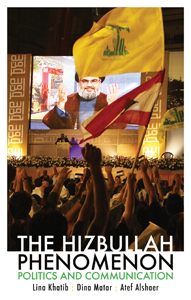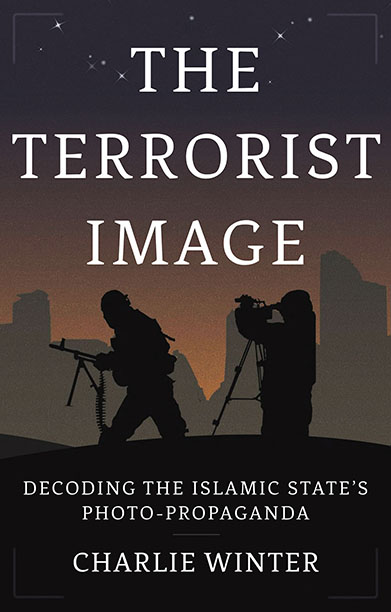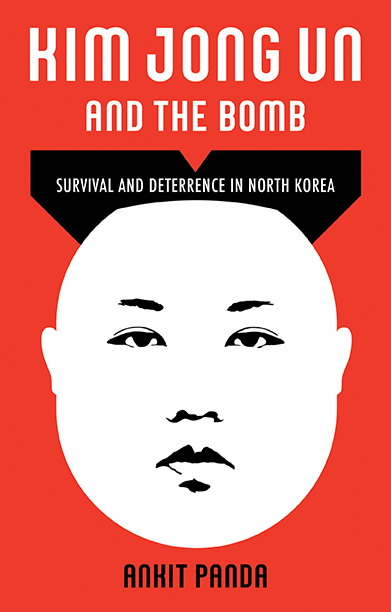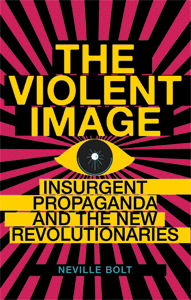The Hizbullah Phenomenon
Politics and Communication
‘An absorbing perspective on one of the most influential political bodies in the Middle East, arguing that the party’s remarkable international impact cannot be fathomed without engaging seriously with its political communication strategies and performance.’ — John D. H. Downing, author of ‘Radical Media’
Description
Hizbullah is not only a leading political actor in Lebanon and a dynamic force in the Middle East, but it is also distinguished by a sophisticated communication strategy. From relatively humble beginnings in the 1980s, Hizbullah’s political clout and its public perception have followed an upward trajectory, thanks to a political programme that blends military, social, economic and religious elements and adapts to changes in its environment. Its communication strategy is similarly adaptive, supporting the group’s political objectives. Hizbullah’s target audience has expanded to a regional and global viewership. Its projected identity, too, shifted from an Islamist resistance party opposed to Israel’s presence in Lebanon to a key player within the Lebanese state. At the same time, Hizbullah’s image has retained fixed features, including its image as an ally of Iran; its role as a resistance group (to Israel); and its original base as a religious party representative of the Lebanese Shiites. The authors of this book address how Hizbullah uses image, language and its charismatic leader, Hassan Nasrallah, to legitimise its political aims and ideology and appeal to different target groups.
Table of contents
Contents
Acknowledgements
Introduction: Hizbullah’s Communication and Political Evolution — Dina Matar and Lina Khatib
1. Hizbullah’s Political Strategy — Lina Khatib
2. From the Invasion to the Liberation: Communicating Hizbullah’s Political Repertoire, 1982–2000 — Dina Matar and Atef Alshaer with Lina Khatib
3. Hizbullah in the Twenty-First Century: The Struggle for Political Survival, 2000–12 — Lina Khatib
4.The Poetry of Hizbullah — Atef Alshaer
5. Hassan Nasrallah: The Central Actor in Hizbullah’s Political Communication Strategies — Dina Matar
Conclusion: Hizbullah at a Crossroads— Lina Khatib and Dina Matar
Reviews
‘The Hizbullah Phenomenon marks a welcome shift in research from the kinetic to the communicative evolution of this complex political organisation. It analyses forensically the way Hizbullah shapes its discourses at both strategic and tactical levels. Penetrative and revealing, this book builds on the authors’ earlier work on the role of political imagery in the Middle East. A must-read for students, academics and policymakers.’ — Neville Bolt, King’s College London and author, The Violent Image: Insurgent Propaganda and the New Revolutionaries
‘Unlike the states that can survive by coercion, social and political movements have to rest on intense publicity and self-presentation if they are to sustain and prosper. This book uncovers how the Lebanese Hizbullah has since its inception deployed an elaborate strategy of image-making to build its political communication. The Hizbullah Phenomenon is a valuable study on the interplay of culture, language, and the visual, on the one hand, and political mobilisation, on the other.’ — Asef Bayat, Catherine and Bruce Bastian Professor of Global and Transnational Studies, University of Illinois, Urbana-Champaign
‘This book presents an original and engaging overview of Hizbullah’s ideology and strategy, the ways in which it communicates key messages to its constituency, and the means by which it adapts its communication tactics in response to local and regional political change. Drawing on a rich assortment of primary and secondary sources, The Hizbullah Phenomenon is accessible, very well written, and appealing to scholars on Islamic Movements, Lebanon watchers, and students of the Middle East.’ — Michael Kerr, Professor of Conflict Studies and Director of the Middle East & Mediterranean Studies Programme, King’s College London, and editor of The Alawis of Syria: War, Faith and Politics in the Levant
‘This volume offers an absorbing perspective on one of the most influential political bodies in the Middle East, arguing that the party’s remarkable international impact cannot be fathomed without engaging seriously with its political communication strategies and performance. It is particularly valuable for the wealth of information that is hard to come by for readers without Arabic.’ — John D. H. Downing, author of Radical Media, and editor of the Encyclopedia of Social Movement Media
‘These studies add immensely to our knowledge of Hezbollah and its extraordinary rise over the past three decades to become one of the major political and military actors in the Middle East. …But as Lina Khatib and her colleagues detail, that rise was also due to a use of the media as a political tool unparalleled in the Arab world.’ — Michael C. Williams, The Royal Institute of International Affairs, International Affairs 91.
Author(s)
Dina Matar is Associate Head, Centre for Media Studies at SOAS, University of London. She is the author of What it Means to be Palestinian and co-author of The Hizbullah Phenomenon: Politics and Communication.
Atef Alshaer is a lecturer in Arabic Language and Culture at the University of Westminster. He has several publications on the Arab world in the fields of language, literature and politics. He was educated at Birzeit University in Palestine and the School of Oriental and African Studies, University of London, where he obtained his PhD and taught for a number of years. He is the author of Poetry and Politics in the Modern Arab World, and co-author of The Hizbullah Phenomenon: Politics and Communication.
Lina Khatib is the Director of the Carnegie Middle East Center in Beirut. She is the author of Image Politics in the Middle East (2013).






